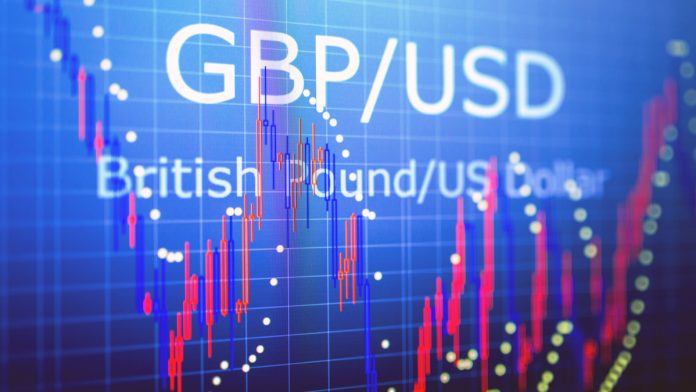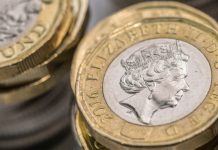The pound tumbled over 1% versus the US dollar on Wednesday. The pound US dollar exchange rate fell to a low of US$1.2350, approximately where is closed the session. The pound trending lower versus the dollar in early trade on Thursday.
The pound sunk in the previous session even as members of Parliament returned to work following the Supreme Court ruling that Boris Johnson unlawfully suspended Parliament. Any optimism surrounding the court’s decision has well and truly fizzled out. Instead investors are growing concerned over what could happen next.
Boris Johnson returned to the House of Commons defiant and with no intention of quitting. If anything, the decision by the Supreme Court appears to have hardened his resolve to get Brexit done on or before 31st October.
Boris Johnson has invited opposition parties to call a vote of no confidence which could then lead to a general election. The mere prospect of a general election with just 5 weeks to go until Brexit is unnerving pound traders. However, opposition leaders are unlikely to go down this path as Boris Johnson could opt to hold the general election after 31st October and therefore after the UK has left the EU.
Cabinet minister Michael Gove was insisting on Wednesday that Brexit talks were going well. The European Union have been less optimistic saying that British proposals are so far unsatisfactory. Even though Parliament is back in session, a resolution to Brexit is still a long way off. Uncertainty remains high which is keeping the pound under pressure.
| Why is a “soft” Brexit better for sterling than a “hard” Brexit? |
| A soft Brexit implies anything less than UK’s complete withdrawal from the EU. For example, it could mean the UK retains some form of membership to the European Union single market in exchange for some free movement of people, i.e. immigration. This is considered more positive than a “hard” Brexit, which is a full severance from the EU. The reason “soft” is considered more pound-friendly is because the economic impact would be lower. If there is less negative impact on the economy, foreign investors will continue to invest in the UK. As investment requires local currency, this increased demand for the pound then boosts its value. |
Will US GDP Weigh On Dollar?
The dollar rose early on in the previous session as investors digested reports that an impeachment investigation into President Trump was being launched. The dollar then rallied on relief as President Trump released the transcripts of the calls in question and the Department of Justice ruled that he had not violated any election financing rules.
Trade developments also supported the dollar in the previous session as President Trump advised that a deal could happened sooner than you think. His comments were sufficient to lift market’s mood.
Today investors will look towards US GDP data. Analysts predict that the US economy grew 2% in the second quarter. This will be the final revision; it is slightly lower than the initial 2.1% reading. Any weakness in the figure could fuel speculation that the Fed will consider cutting interest rates further and as a result pull the dollar lower.
| Why do interest rate cuts drag on a currency’s value? |
| Interest rates are key to understanding exchange rate movements. Those who have large sums of money to invest want the highest return on their investments. Lower interest rate environments tend to offer lower yields. So, if the interest rate or at least the interest rate expectation of a country is relatively lower compared to another, then foreign investors look to pull their capital out and invest elsewhere. Large corporations and investors sell out of local currency to invest elsewhere. More local currency is available as the demand of that currency declines, dragging the value lower. |
| What do these figures mean? |
| When measuring the value of a pair of currencies, one set equals 1 unit and the other shows the current equivalent. As the market moves, the amount will vary from minute to minute.
For example, it could be written: 1 GBP = 1.28934 USD Here, £1 is equivalent to approximately $1.29. This specifically measures the pound’s worth against the dollar. If the US dollar amount increases in this pairing, it’s positive for the pound. Or, if you were looking at it the other way around: 1 USD = 0.77786 GBP In this example, $1 is equivalent to approximately £0.78. This measures the US dollar’s worth versus the British pound. If the sterling number gets larger, it’s good news for the dollar. |





